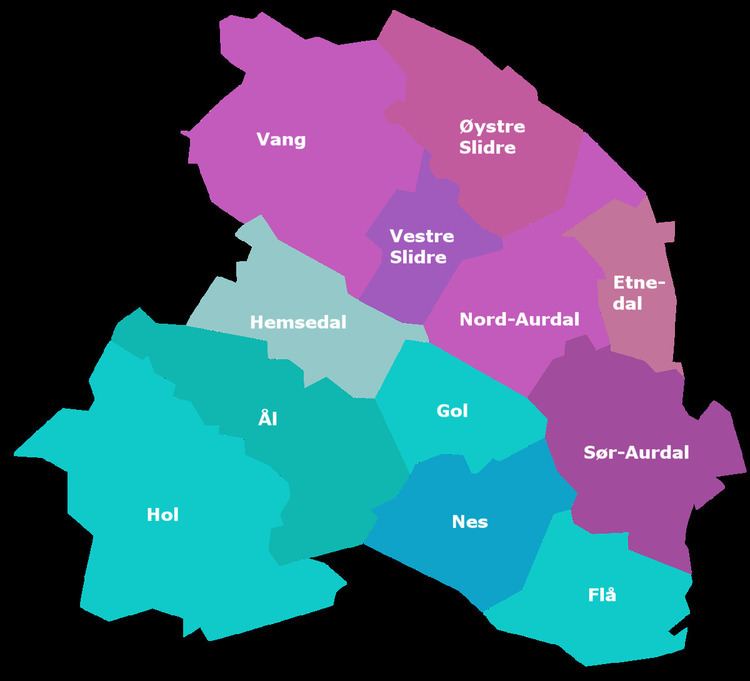Glottolog None | ||
 | ||
Language family Indo-EuropeanGermanicNorth GermanicWest ScandinavianEastern NorwegianMidland NorwegianHallingmål-Valdris | ||
Hallingmål-Valdris (also known by the individual names Halling, Hallingdøl, or Valdresmål) is a group of Norwegian dialects traditionally spoken in the traditional districts Hallingdal, Buskerud and Valdres, Oppland.
Contents
Consonants
Vowels
References
Hallingmål-Valdris Wikipedia(Text) CC BY-SA
